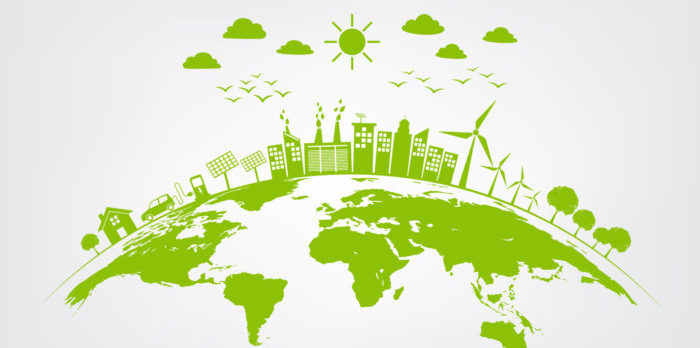BLUE Insight, the business consultancy practice with BLUE, has developed the first comprehensive Guide tracking the organisations that are driving the low carbon fuels and energy market.
The newly-published guide attempts to categorize the organizations following the path towards decarbonization, with a view to tracking them and their fuel or energy type over the following years.
Dr Tristan Smith, UCL Energy commented that
It’s an exciting time for alternatives to fossil fuel #energy sources. Concepts that have been discussed for decades now have far greater impetus to come to fruition & be deployed.
The Guide assumes that in 2050 vessels that operate will be much more efficient than vessels operating back in 2008, partially because of the recent uptake in energy efficiency technologies. In addition, with the increase in availability of these technologies and IMO’s implementation of both the Energy Efficiency Design Index (EEDI) and the Ship Energy Efficiency Management Plan (SEEMP) the report notes that based on assumptions, vessels operating in 2050 will be on average 25% more efficient than in 2008.
Concerning emissions, the guide focuses on the entire lifecycle emissions of the given fuels or energies, with the three most commonly used parametres to measure emissions being:
- well-to-tank emissions also known as indirect or upstream emissions.
- tank-to-wake emissions also known as direct or downstream emissions.
- lifecycle emisions are the total emissions of a fuel from the production of its feedstock to the point of combustion.






























































